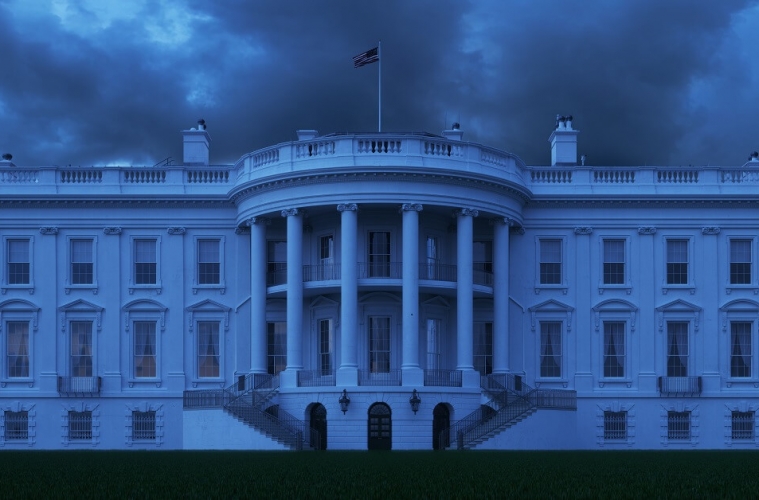One of the defining characteristics of the early weeks of 2018 has been weakness in the US dollar. In fact, of the 35 trading days that have taken place so far this year the dollar has fallen in 21 of those. Whilst most people will be asking how long this can last, we see a number of key reasons for the current weakness in the dollar.
Reason 1: The end of expansion?
The US economy has been growing steadily since 2009 with only a couple of quarters of contraction to blemish that record, and those can mostly be attributed to seasonal factors such as heavy snowstorms which closed ports and factories. The lifecycle of an economy or ‘business cycle’ runs from expansion and peak to contraction and trough. Given that the current run of US economic growth is the third longest in history at 104 consecutive months – only the run of expansions from March 1991 to March 2001 (120 months) and from February 1961 to December 1969 (106 months) have been longer – the fear is that the US economy has passed its peak and will enter the ‘contraction’ (i.e. recession) phase soon.
Reason 2: Commentary and trade
Commerce and Treasury Secretaries Ross and Mnuchin have upped the rhetoric around antagonistic trade policies from the US this year. In Davos this year, Ross said:
“Trade wars are fought every single day. . . And unfortunately every single day, there are also various parties violating the rules and trying to take unfair advantage. So trade wars have been in place for quite a little while; the difference is the US troops are now coming to the ramparts”.
Mnuchin backed away from the long-held US policy of at least talking about a strong dollar.
“The dollar is one of the most liquid markets. Where it is in the short term is not a concern for us at all. A weaker dollar is good for us as it relates to trade and opportunities. Longer term, the strength of the dollar is a reflection of the strength of the US economy and that it is, and will continue to be, the primary reserve currency”.
This is flamethrower language for a Treasury Secretary to be employing.
Reason 3: The relationship with China
Euro versus the US dollar is the most traded currency pair in the world but the US dollar’s relationship with the Chinese yuan is the most important in world markets. Since the beginning of 2017 USDCNY has fallen around 9% and while this has been as much a result of policies of liberalisation of the yuan as it has issues in the States, the moves in this currency pair are more significant.
Reason 4: The inflation conundrum
Inflation drives monetary policy decisions and interest rates as sure as night follows day. If inflation increases and markets expect the central bank, in this case the Federal Reserve, to raise interest rates then typically bonds are seen as less attractive to invest in. Yields on those bonds will rise and the associated currency should rise. That’s what the textbooks say but this is not what the dollar is doing right now.
It is too early to tell whether this is the beginning of a true, fundamental break down in that correlation or whether investors are simply worried that higher inflation is not what the US economy needs if the economy is starting to look tired.
Reason 5: The trouble with deficits
A lot of the strength that came into the greenback in the latter part of 2016 was due, once Donald Trump had been elected President, to the pricing in of tax cuts and fiscal stimulus. The delays to this hurt the dollar through 2017 but as soon as the ink was dry on the bill in early 2018, markets had switched from optimistic over the growth prospects to pessimistic on the basis of what it will do to the US’s budget deficit – i.e. the amount of money that the US spends against the amount it takes in in tax receipts.
Alongside a current account deficit, if a great deal of your country’s financing and investment is coming from abroad and you import more than you export, then you are much more at the whim of foreign economic headwinds. Those could be headwinds from China, Europe, commodities or political instability.
The US also runs a current account deficit and while a current account deficit in itself is not dangerous, currency market participants will always take it in to account, especially when the proverbial hits the fan. You only have to look at the currencies benefiting from periods of market peril – the euro, Swiss franc and the Japanese yen – to see who are in a current account surplus.
You can keep tabs with the USD against your preferred currency here.


